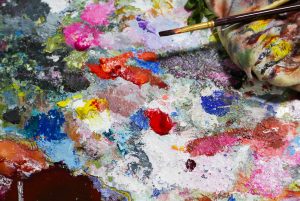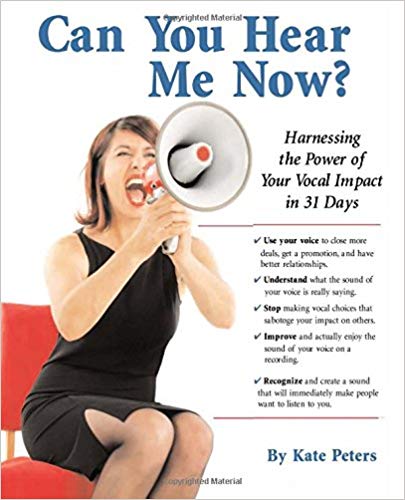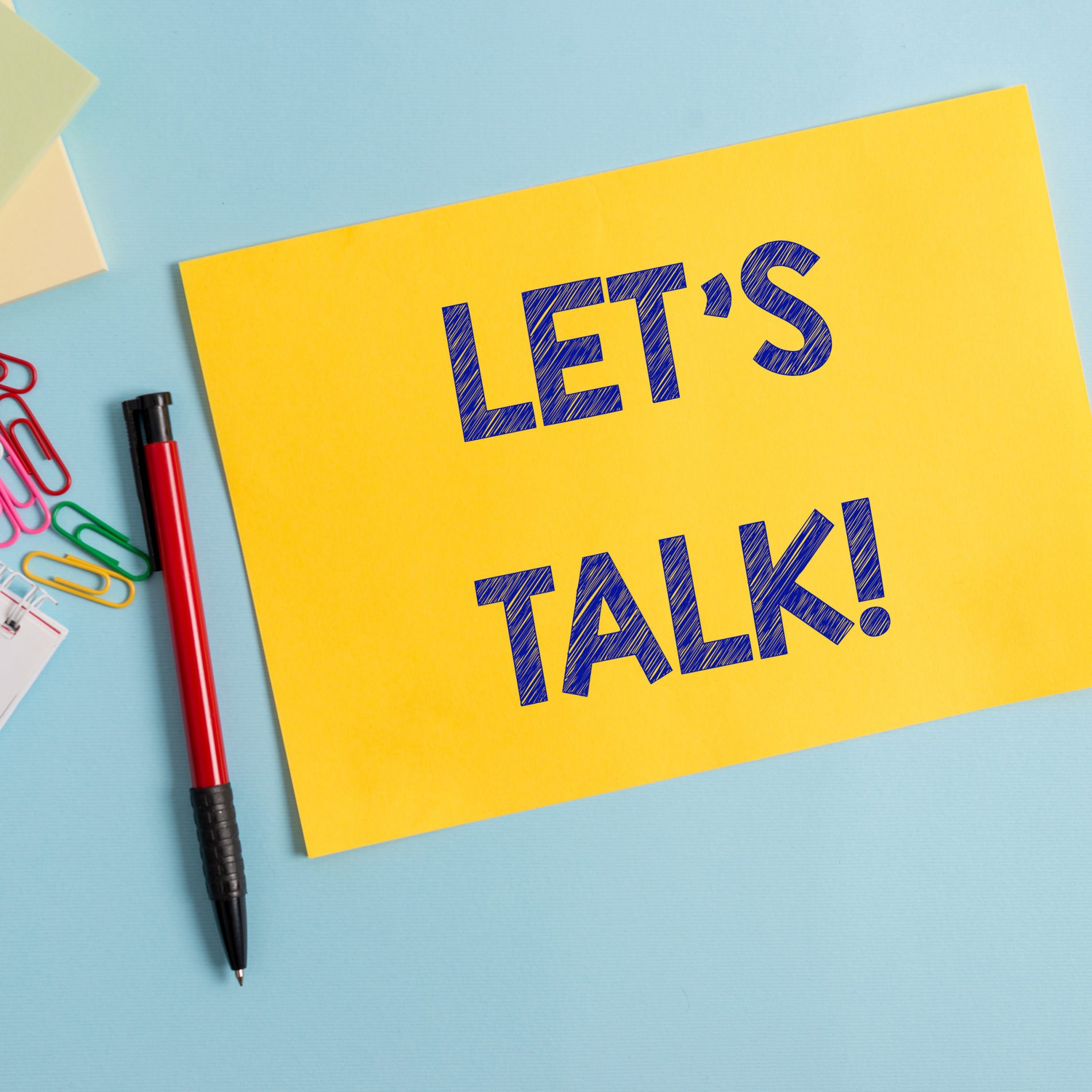5 Colors for Vibrant Vocal Variety
Creating interest as a speaker is hugely important. Not only does it keep your audience tuned in to you, but it also helps them remember you and your message. That’s why Toastmasters lists Vocal Variety as one of the most important skills to develop as a public speaker.
I call this using “color” in the voice, and the general idea is that you can paint a picture that connects you to your listener and evokes an emotional response by using variety in the sounds you create.
But many people tell me they don’t know how to create that color. Think of the following characteristics of sound as some of the colors on your palette, your words as the picture, and your voice as the brush. Being connected to your message and the meaning behind it is the artistic inspiration of you, the artist. Use them together to create an image in your listeners’ minds.
Pace is the speed at which you deliver your words. You can speak swiftly or slowly and at varying speeds in between. When you want people to respond with energy, pick up the pace. When you want them to take in what you say and digest it completely, slow down. Create contrast and color by stressing some of your words by varying the pace of delivery.
Rhythm is a pattern of sound that is created by contrasts and alterations of different recurring sounds. Speech can have patterns that are formal, as in a poetic rhythm like “iambic pentameter,” or such as occur with alliteration (a series of words that all begin with the same consonant). However, speech may contain informal patterns of sound, too. Use rhythm to create color in phrases.
Pitch is a property of sound that describes the actual frequency of the sound waves that produce a particular sound. A faster sound wave produces a higher sound, while slower sound waves produce lower sounds. Pitch is not determined by the loudness or volume of sound, but rather by the notes we use when we speak. Some people actually do sound a bit like they are singing when they speak, and others use so little variety that we call them “monotones.” Practice varying the pitch of your voice to create color.
Volume is the loudness or softness of your voice. Are you whispering? Are you shouting? If you speak too softly, you can project a weak image; if you speak too loudly, you may sound forceful, anxious, or even angry. You can use volume to emphasize your words or ideas. Contrast is an important part of the color. Try emphasizing your words by speaking more quietly at times, without diminishing the energy.
Duration of sound is how long each word hangs on. Musicians use the term legato to describe a smooth sound that is drawn out rather than clipped short. They work hard to blend the notes together in a phrase. Staccato is the clipped sound. There is space between the short notes. You can do this with your voice too. Create color by clipping some words short, and elongating the vowels in others.
HOW TO PRACTICE USING COLOR IN YOUR VOICE
We all laughed when Lionel had the King shaking his face, swearing out loud and rolling on the floor to learn to speak without a stutter in the Oscar-winning movie, The King’s Speech. However, that kind of extreme experience is the best way, indeed sometimes the only way, to change the way you’ve been speaking all your life. In the case of color, exaggerate the color element you are working with when you practice. And practice that exaggeration over and over. Then go back to a more normal delivery but with the added color. To do this, select the words that you want to emphasize. Try out the various color elements. It’s also helpful to highlight the “color words” with a different color visually so that you remember to emphasize them when you practice.
When you combine these colors with the skills of cadence, emotional memory, and pausing, you begin to create a very different picture when you give a speech or have a conversation that matters. And just as each visual artist has his or her own unique style, so do you. Using color is a beautiful way to bring out your authentic self while increasing your vocal impact.
Related articles
- 18 Paths to Pathos, from Six Minutes, by Andrew Dlugan
- Speaking Science: The Sounds of Sadness, on the Eloquent Woman
- The Case for Expressive Speaking, Even on Earnings Calls, on K8sVoice
Connect with us on LinkedIn
Connect with the author on LinkedIn
ID 97697097 © Mysillything | Dreamstime.com





